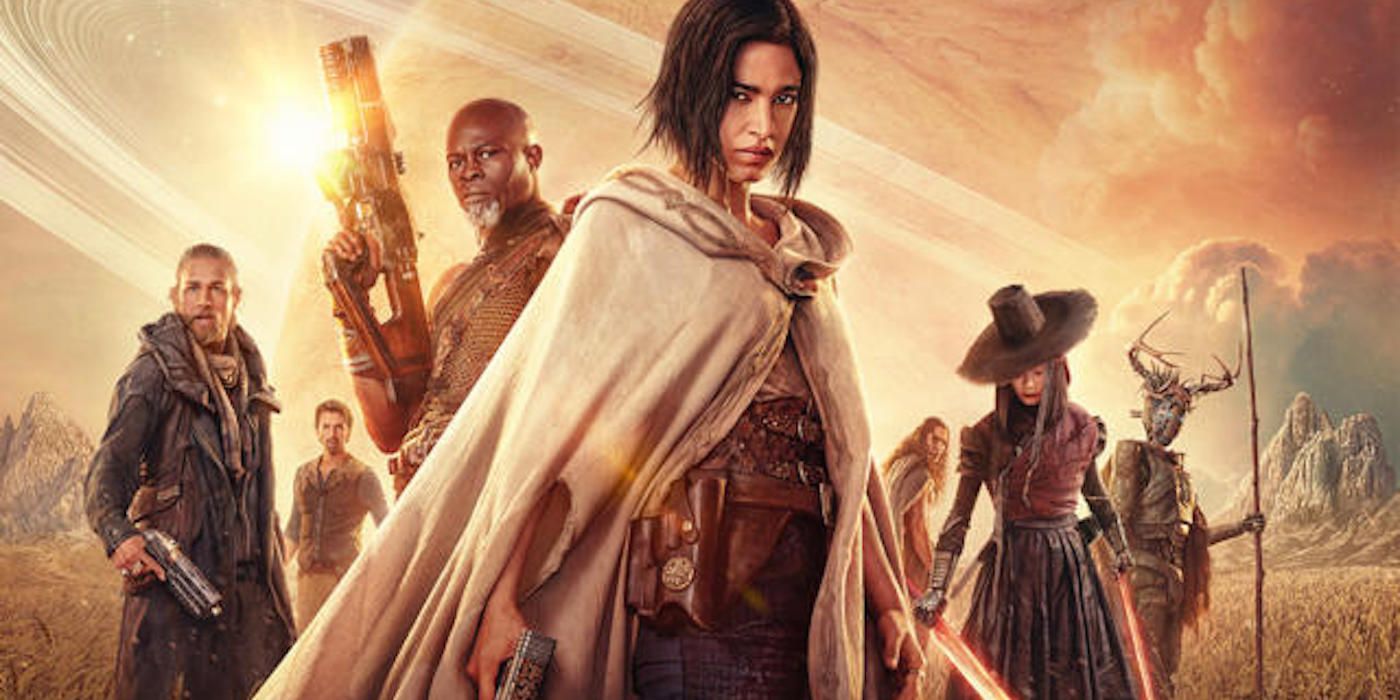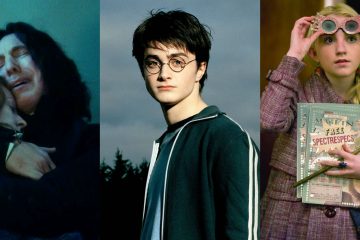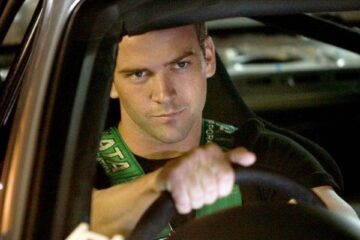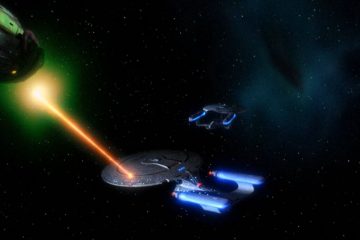Decades in the making, Zack Snyder’s long-awaited space opera Rebel Moon has finally been released. What originated as a darker pitch to bring new life to the Star Wars franchise and brought to life during the golden age of dystopian sci-fi dramas, the Netflix production Rebel Moon Part One: A Child of Fire brings to life a world and story that at first feels quite familiar but soon proves far deeper and grander than its own format allows for.After the royal family is killed at the princess’s coronation, the Motherworld military assumes power as regent and begins laying waste to the interstellar kingdom, locking horns with the rebel factions led by the heroic Bloodaxe siblings. On the idyllic farming village on the moon, Veldt, the troubled and isolated Kora finds her chance at a new life vanquished when the Motherworld’s forces, led by a figure from her past, invade. With only nine weeks to save Veldt, Kora teams up with the naive but grounded farmer Gunnar to track down the most fearsome warriors in space, recruit the Bloodaxes, and discover just how heroic she can be.Rebel Moon Part One: A Child of Fire feels like a product of the late 2010s and the pandemic era — a highly cynical era of political unrest and collective unease when franchises such as Game of Thrones, Hunger Games, and similar dystopian narratives thrived. Snyder utilized many of the old chestnuts of 2010s and early 2020s fiction — a hardened, cynical lead, a totalitarian government terrorizing a helpless populace, explosive sound design with a Hans Zimmerman-style soundtrack, monochromatic settings drained by inadequate lighting, and a cast of angsty characters. At first glance, it would be easy to dismiss Rebel Moon Part One: A Child of Fire as derivative, outdated, and generic. However, on closer inspection, this film is much deeper than its runtime or format first suggests.
Decades in the making, Zack Snyder‘s long-awaited space opera Rebel Moon has finally been released. What originated as a darker pitch to bring new life to the Star Wars franchise and brought to life during the golden age of dystopian sci-fi dramas, the Netflix production Rebel Moon Part One: A Child of Fire brings to life a world and story that at first feels quite familiar but soon proves far deeper and grander than its own format allows for.
After the royal family is killed at the princess’s coronation, the Motherworld military assumes power as regent and begins laying waste to the interstellar kingdom, locking horns with the rebel factions led by the heroic Bloodaxe siblings. On the idyllic farming village on the moon, Veldt, the troubled and isolated Kora finds her chance at a new life vanquished when the Motherworld’s forces, led by a figure from her past, invade. With only nine weeks to save Veldt, Kora teams up with the naive but grounded farmer Gunnar to track down the most fearsome warriors in space, recruit the Bloodaxes, and discover just how heroic she can be.
Rebel Moon Part One: A Child of Fire feels like a product of the late 2010s and the pandemic era — a highly cynical era of political unrest and collective unease when franchises such as Game of Thrones, Hunger Games, and similar dystopian narratives thrived. Snyder utilized many of the old chestnuts of 2010s and early 2020s fiction — a hardened, cynical lead, a totalitarian government terrorizing a helpless populace, explosive sound design with a Hans Zimmerman-style soundtrack, monochromatic settings drained by inadequate lighting, and a cast of angsty characters. At first glance, it would be easy to dismiss Rebel Moon Part One: A Child of Fire as derivative, outdated, and generic. However, on closer inspection, this film is much deeper than its runtime or format first suggests.
#REVIEW #Netflixs #Rebel #Moon #Part #Child #Fire
Note:- (Not all news on the site expresses the point of view of the site, but we transmit this news automatically and translate it through programmatic technology on the site and not from a human editor. The content is auto-generated from a syndicated feed.))



